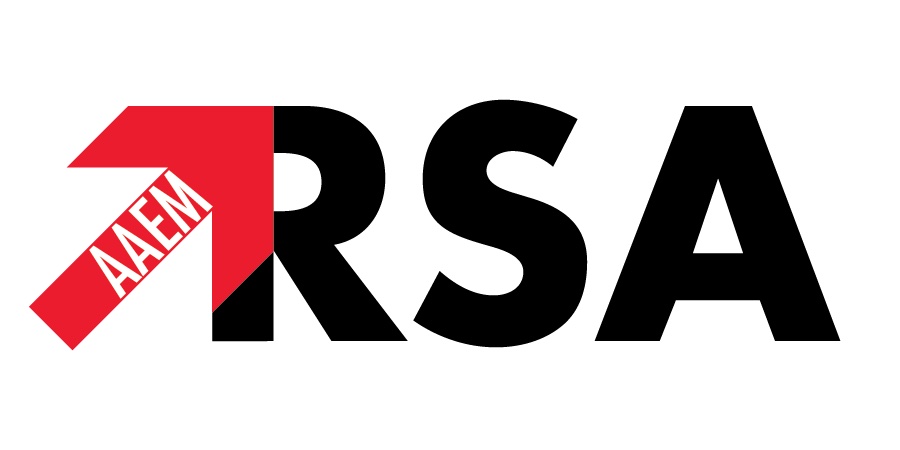 |
| Image Credit: Wikimedia Commons |
 |
| This post was peer reviewed. Click to learn more. |
Authors: Taraneh Matin, OMS-IV MA; Victoria Comeau, DO; Daniel F. Leiva, DO, MS
Nova Southeastern University
Rashes in the emergency department can often be overlooked as benign skin conditions. Being able to differentiate between life-threatening and non-life-threatening rashes is vital for the emergency physician. Stevens-Johnson syndrome (SJS) and toxic epidermal necrolysis (TEN) comprise a spectrum of the same subset of vesiculobullous diseases with an incidence that ranges from 0.4 to 7 per million per year, with a mortality that ranges from 1-5% for SJS and 25-40% for TEN.[1,2] The majority of cases are caused by medications while a lesser extent are caused by infections.[1] Typical causative agents include allopurinol, antibiotics, nonsteroidal anti-inflammatory drugs, and anticonvulsants.
Although it is a fatal condition with serious systemic complications, SJS presents with very subtle and often times overlooked or misdiagnosed prodromal symptoms including fever, painful eyes, or pain with swallowing. These are often mistaken for a benign viral illness. When evaluating a patient with these findings, obtaining a thorough history is important due to the high correlation of these symptoms with the onset of a new medication. The cutaneous manifestations present within days of the initial symptoms as ill-defined, erythematous macules or purpura beginning on the trunk and spreading outward. The oral, genital, and/or ocular mucosa are involved in 90% of cases as well as frequent involvement of the palms and soles.[3] With progression, vesicles and bullae form and the skin begins to slough leading to a positive Nikolsky sign on examination.[5-7] Ocular involvement can present as erythema, conjunctivitis, keratitis, and endophthalmitis and has been seen in 50-80% of cases. One-third of these cases can lead to vision impairing ocular sequelae.[8] Other organ systems including the gastrointestinal or pulmonary systems may be involved. It is important when evaluating these patients to note the body surface area (BSA) involved. SJS has a BSA involvement of <10% while TEN has a BSA involvement of >30%. Risk factors include co-morbid HIV infection or an immunocompromised state.[6]
Early diagnosis and prompt treatment are paramount for improving survival. If present, early identification and withdrawal of an offending agent is vital. In a 10-year observational study of 113 patients with SJS or TEN, early withdrawal of the causative drug reduced the risk of death by 30 percent for each day prior to the development of blisters and erosions.[9] Patients suspected to have SJS/TEN can be evaluated using the Severity of Illness Score for TEN (SCORTEN). Those presenting with a more severe course, comorbidities, and a SCORTEN score of >1 should immediately be admitted to an ICU or burn unit.[10] In a retrospective multi-center review of 199 patients with TEN treated promptly at burn centers, the overall mortality was 32% compared to 51% among patients transferred to a burn center more than one week after disease onset.[11]
Disease severity is the main risk factor for mortality within 90 days of disease onset.[11,12] In severe cases with extensive skin detachment, acute complications may include massive loss of fluids, electrolyte imbalance, hypovolemic shock with renal failure, bacteremia, insulin resistance, development of a hypercatabolic state, and multiple organ dysfunction syndrome.[6] Sepsis is the most common cause of death.[1]
With the use of prescription medication on the rise, and more than 200 medications reported to be associated with a possible SJS/TEN reaction, it is essential for emergency physicians to recognize subtle and early presentations of SJS/TEN in order to maximize patient outcomes.[9]
Resources:
1. Kohanim S, Palioura S, Saeed HN, et al. Stevens-Johnson Syndrome/Toxic Epidermal Necrolysis – A Comprehensive Review and Guide to Therapy. I. Systemic Disease. Ocul Surf. 2016;14(1):2-19.
2. Long B, Long D, Koyfman A. Tiny Bubbles: Vesiculobullous Rashes. Critical Decisions In Emergency Medicine. 2016;30(7):3-10.
3. French LE, Prins C. Erythema Multiforme, Stevens–Johnson syndrome and Toxic Epidermal Necrolysis. In: Bolognia JL, ed. Dermatology. 3rd ed. 2012:323-333.
4. Kantor ED, Rehm CD, Haas JS, Chan AT, Giovannucci EL. Trends in Prescription Drug Use Among Adults in the United States From 1999-2012. JAMA. 2015;314(17):1818-31.
5. Roujeau JC, Chosidow O, Saiag P, Guillaume JC. Toxic epidermal necrolysis (Lyell syndrome). J Am Acad Dermatol. 1990;23(6 Pt 1):1039.
6. Schwartz RA, McDonough PH, Lee BW. Toxic epidermal necrolysis: Part II. Prognosis, sequelae, diagnosis, differential diagnosis, prevention, and treatment. J Am Acad Dermatol. 2013;69(2):187.e1-187.e16.
7. Mockenhaupt M. The current understanding of Stevens-Johnson syndrome and toxic epidermal necrolysis. Expert Rev Clin Immunol. 2011;7(6):803-13.
8. Kohanim, Sahar et al. Stevens-Johnson Syndrome/Toxic Epidermal Necrolysis – A Comprehensive Review And Guide To Therapy. II. Ophthalmic Disease. Ocul Surf. 2016;14(2):168-188.
9. Garcia-Doval I, LeCleach L, Bocquet H, Otero XL, Roujeau JC. Toxic epidermal necrolysis and Stevens-Johnson syndrome: does early withdrawal of causative drugs decrease the risk of death? Arch Dermatol. 2000;136(3):323.
10. Valeyrie-Allanore L, Roujeau JC. Epidermal Necrolysis (Stevens-Johnson Syndrome and Toxic Epidermal Necrolysis). In: Goldsmith LA, Katz SI, Gilchrest BA, Paller AS, Leffell D, Wolff K, eds. Fitzpatrick’s Dermatology in General Medicine. 8th ed. 2012:439-448
11. Mahar PD, Wasiak J, Hii B, Cleland H, Watters DA, Gin D, Spinks AB. A systematic review of the management and outcome of toxic epidermal necrolysis treated in burns centres. Burns. 2014;40(7):1245.
12. Sekula P, Dunant A, Mockenhaupt M, Naldi L, Bouwes Bavinck JN, Halevy S, Kardaun S, Sidoroff A, Liss Y, Schumacher M, Roujeau JC, RegiSCAR study group. Comprehensive survival analysis of a cohort of patients with Stevens-Johnson syndrome and toxic epidermal necrolysis. J Invest Dermatol. 2013;133(5):1197-204.
